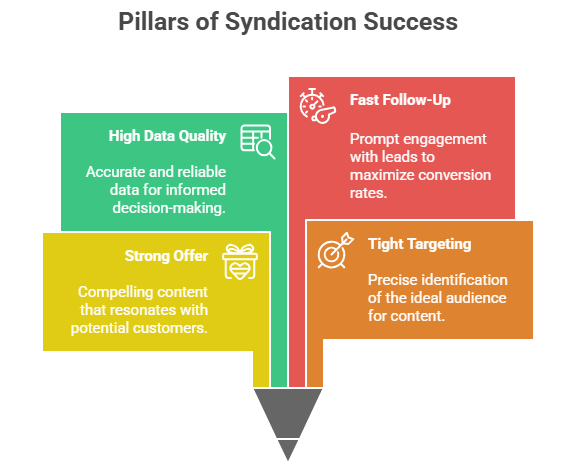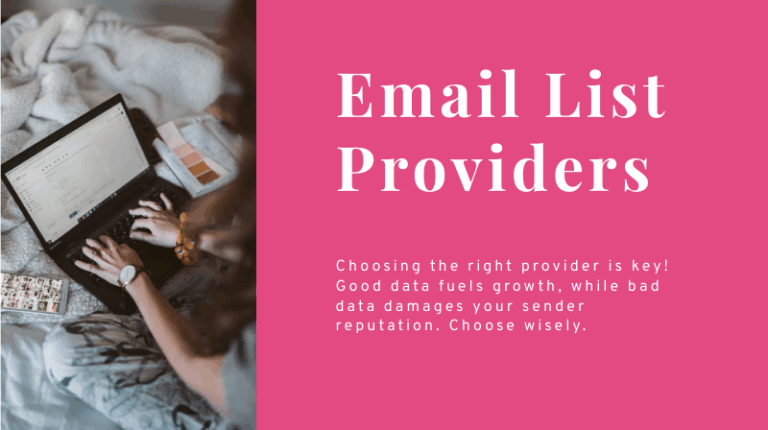Marketers and sellers have increasingly focused on how they can communicate with one another better through database integration. We recently ran a Twitter poll about sales and marketing integration to see what you thought, and the results were surprising. Only one-sixth of our respondents felt they’d achieved seamless integration, and more than half felt their sales/marketing integration was out of sync or nonexistent.
To us, that little poll tells a very big story: Data isn’t flowing freely enough to give database users the results they want.
How well integrated are your sales and marketing technology solutions?
— Reach Marketing (@ReachMktg) August 7, 2017
The Integration Solution
Why does database integration matter? For one thing, marketers are flying blind if they don’t have access to the wealth of data their CRM can provide. Sellers risk losing important data too, which can hurt their relationships with customers. Without integration in a shared, centralized database, it’s impossible to synchronize and update data in real time. In other words, your marketing team could get fresh contact information through data enhancement that never makes it to your sales team, leaving them without vital connections to their customers.
CRM integration takes isolated data and makes it accessible throughout the system. Salesforce, Sugar, and other CRM platforms are now designed to connect to most major marketing automation platforms so both can undergo data enrichment and data hygiene processes at the same time. That’s vital to keeping everyone in your organization on the same page.
Consistency Is Key
When building a brand, companies need to remain consistent. A consistent brand identity goes far deeper than just using the same logo on your website and letterhead stationery. It also means delivering the same message, using a recognizable voice, and sharing the same philosophy in all your communications. A shared database helps you maintain brand consistency from the first time a lead visits your website. When your marketing and sales departments speak with a unified voice, you send a far stronger signal as a brand.
Customer Care
Have you ever made a call to a company and had to repeat yourself to every new department you were transferred to? It can feel like a waste of time, and when a major sale hangs in the balance, it’s especially exasperating when no one seems to be listening to you. Integrating your CRM and service data as part of your centralized marketing automation database spares your customers that experience. Everyone in your organization can pull up the same account file so you no longer have to ask customers to repeat themselves when collecting their data.
Enhancement at a Glance
Sometimes marketers are the ones who wind up repeating themselves even when they don’t mean to, thanks to duplicate records. When prospect and customer records are isolated on their own databases, each file goes through its own data enrichment and data hygiene processes. Over time, this fractured approach can lead to inconsistencies in customer care. Eliminating duplicate records, merging files, and purging inaccurate data becomes much simpler when you work with a single central database.
Deeper Insight
The sales data in your CRM speaks volumes about how leads become customers. The marketing data in your database tells you a great deal about who your customers were as new leads. Both can shed light on how to provide a better experience for your prospects at every step of the buying journey. Using CRM data to define buyer personas and refine nurture programs can help shape your marketing strategy. A more customized marketing approach, in turn, leads to prospects’ sharing more information about themselves, which gives sellers more customer knowledge to work with – but only if your data is in one place.
Listen to what your database is telling you and complete it with full CRM integration.
© Reach Marketing LLC 2017 All Rights Reserved.



